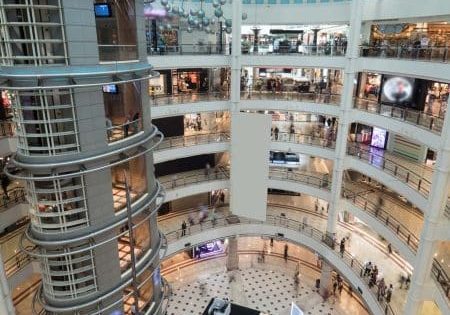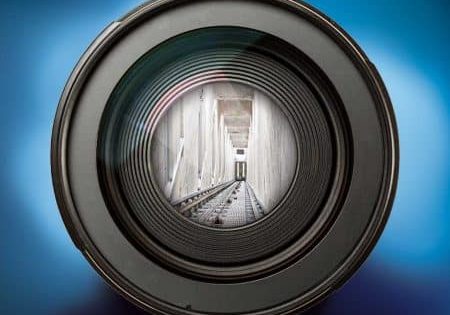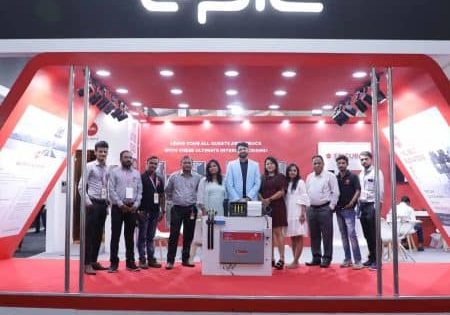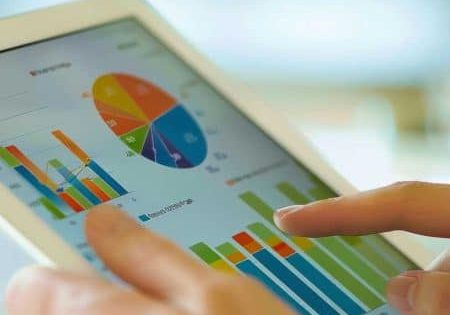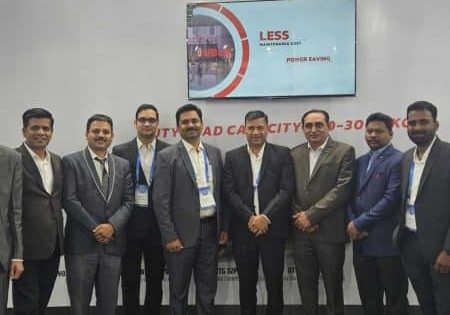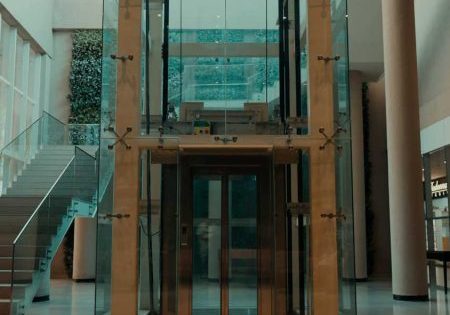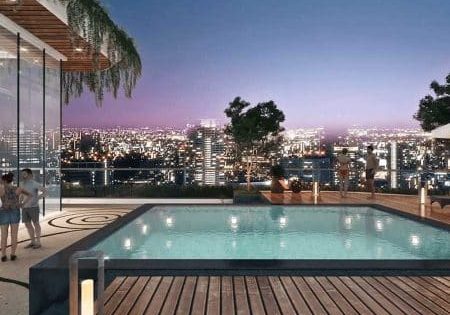Your author explains how sustainability is charting the course of commercial real estate and its implications for vertical transportation.
by Jatin Shah
The real estate sector contributes majorly to the economy, but at the same time, it is no secret that the built environment is a major contributor to carbon emissions, too. Increasing awareness of adverse effects is causing stakeholders, especially occupants, to be cautious of the establishments they lease or buy. Even homebuyers are seeking developments that are built on a sustainable model. As the consumer becomes more discerning, demand trends and buyer sentiment are witnessing a distinct shift.
Office occupants are increasingly seeking green developments to lease. Let’s look at the demand drivers:
Environmental Responsibility
As sustainability becomes a corporate priority, occupants want to align their operations with environmentally friendly practices. Green leases allow them to lease spaces that actively contribute to reducing carbon emissions, conserving energy and minimizing waste and water use.
Cost Savings
Green leases can lead to significant cost savings. For instance, they help reduce utility bills and operating costs by up to 22%. By implementing sustainable measures such as energy-efficient lighting, HVAC systems and water conservation, occupiers can lower their operating costs. This translates to substantial financial benefits for tenants.
Health and Well-Being
Businesses have been realizing the value of employee health and well-being and the direct role a workplace plays in facilitating a rich employee experience. Features like better indoor air quality, natural lighting and green spaces positively impact employee productivity and satisfaction.
ESG Commitment
The Environmental, Social and Governance (ESG) framework outlines the various compliances businesses must abide by. Choosing green developments aligns with ESG targets and builds a firm’s reputation. It demonstrates commitment to sustainability and responsible business practices. Occupants want to be seen as environmentally conscious and socially responsible organizations.
Given that, through this holistic approach, occupants can enjoy financial benefits, environmental stewardship and healthier workspaces, they actively seek it, and developers intend on aligning with these demand shifts. Here are some of the new practices in the construction process that are driving sustainability:
Compliance Assessment
Technical due diligence plays a crucial role in evaluating the ecological impact of construction projects. They ensure alignment with sustainability goals and legal environmental protections by complying with statutory NOCs (No Objection Certificates), IS (Indian Standard) codes, National Building Codes and ECBC (Energy Conservation Building Code), to mention a few.
Building and Land Survey
Developers employ expert consultants to ascertain the land extents, verify the as-built area, assess the Floor Space Index potential and conduct a risk analysis to determine potential issues that might arise at a later point in time.
Building Health Assessment
A poorly maintained building might be cheaper to buy but will end up being far more expensive to maintain. An expert consultant will check the strength of the building, material density, type of materials used, quality of MEP (mechanical, electrical and plumbing) installations, water supply, storm water system, sewage/drainage system, etc. A detailed assessment will allow the landlord to make the necessary changes to improve building sustainability.
Sustainable Construction
Sustainable construction practices are crucial for minimizing environmental impact and promoting long-term well-being. These practices include optimizing energy efficiency, conserving water, using eco-friendly materials, reducing waste and prioritizing indoor environmental quality. Several measures including indoor greenery, position of windows to ensure maximum natural light, quality of windowpanes to resist heat and sustainable urban design make for sustainable practices that will sustain the business and optimize costs.
Technology Integration
The adoption of tech-enabled features like LED lights to save energy, Internet of Things and AI tools that predict thermal needs based on weather conditions, shared cloud storage to eliminate the use of paper, motion sensor lights and faucets to optimize energy and water and efficient office equipment are ways in which smart technologies are being integrated to meet sustainability needs.
To conclude, sustainable developments attract environmentally conscious tenants and improve tenant satisfaction, leading to longer lease agreements and reduced vacancy rates. These energy-efficient buildings provide a competitive edge to developers and often command higher resale values and rental rates, making them appealing to investors. The demand for sustainability in real estate is shaping market dynamics, and real estate stakeholders who align with the shifting patterns are positively headed toward long-term growth.
About Colliers
Get more of Elevator World. Sign up for our free e-newsletter.




